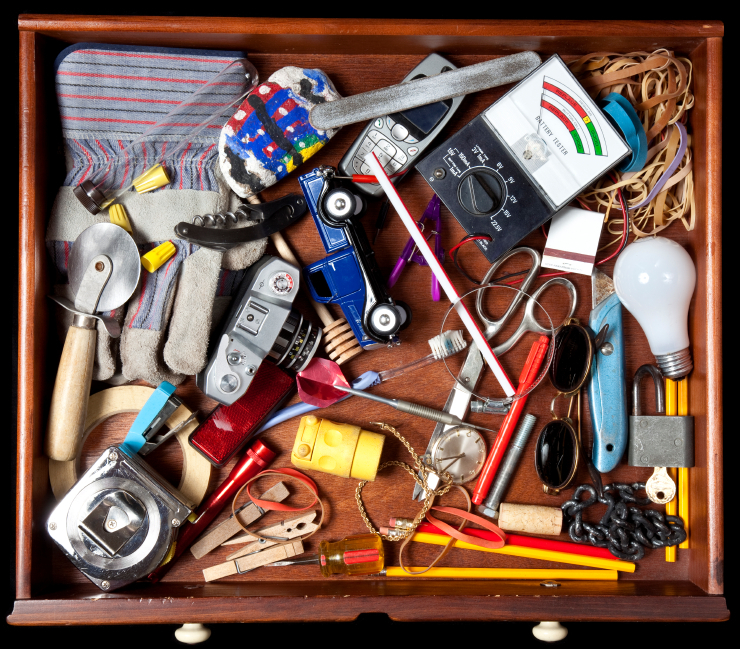Four ways of changing something so that you find what you need faster
Datum: 2021-08-24 10:01

Have you also been looking for the same thing several times? It can be a digital document or a paper. Few things get me as frustrated as looking for something I put away somewhere but cannot remember where. For me this is a complete waste of time.
Sure, we could regard the time we spend looking for something as an opportunity to spot something unexpected which might give us valuable ideas, but when I am in looking-mode, I am not receptive to new ideas or insights. I just want to find what I am seeking — as quickly as possible.
Benefit from your search
Eventually we find what we were searching for. Fair enough. We are of course tempted to return to the task we were originally working on, but this is where we should stop for a second and use the search we just conducted for another purpose.
This happens to be a great time to improve on something which will will mean less time spent looking next time we need the object in question. The fact that we needed to search for the object at all is an indication of that something is not optimally structured, and here is where our opportunity to make an improvement lies. In terms of Lean Production, the time spent looking for something before we can continue working on our task, is unquestionably regarded as waste.
If we just briefly reflect on why we needed to search for it in the first place and what we could change so that it will be easier to find, we will simply find it faster next time and hence waste less time.
Do this
The next time you find something you have been looking for, pause for a minute or two and think of something concrete you could change to make it easier to find the object of your search next time. Try thinking of something you can do immediately (hence avoiding an additional task on your to-do-list). What could this be? Well, for instance you could:
- Being more clear and specific when phrasing the name of the file you are looking for. The more information contained in the name of the file, the easier it will be to locate. Automatically generated names given to documents by devices or applications are rarely sufficient, and can cause more confusion that clarity (such as the pdf-file created by the document which was scanned into the computer and automatically named ”1947261539.pdf”).
- Move the object or document to the location in which you spontaneously first looked for it. There was probably a good reason why you assumed it would be in this particular location. Does the object belong there rather than where it currently is placed?
- Designate a specific place for just this item. Since it probably isn’t the last time you will look for this specific document, it might deserve its own location so that you will not have to skim trough heaps of other material before finding it next time. My assistant couldn’t find the stamps in the hanging file folder marked with S (since it was full of so many other things) so these can now be found in the hanging file folder marked ”Stamps” instead.
- Help yourself find the right location immediately next time. Create a search-path or a description of where to look in the checklist or cheat-sheet you use when performing the task. The next time you can just read (or click on) the search-path without having to remember where you found the item in question last time.
Keep your ”flow”
If you make an improvement, even if it is only a small one, every time you search for something and eventually find it, you will need to spend less time searching and looking for lost things and documents in the long-run. You will also avoid that awful frustration of being obstructed in your flow, and what you need to do will be completed with greater ease and less annoyance. Simpler and smoother.
Do you have a special trick?
What is your best trick or method for finding what you tend to look for again and again? Tell me.




